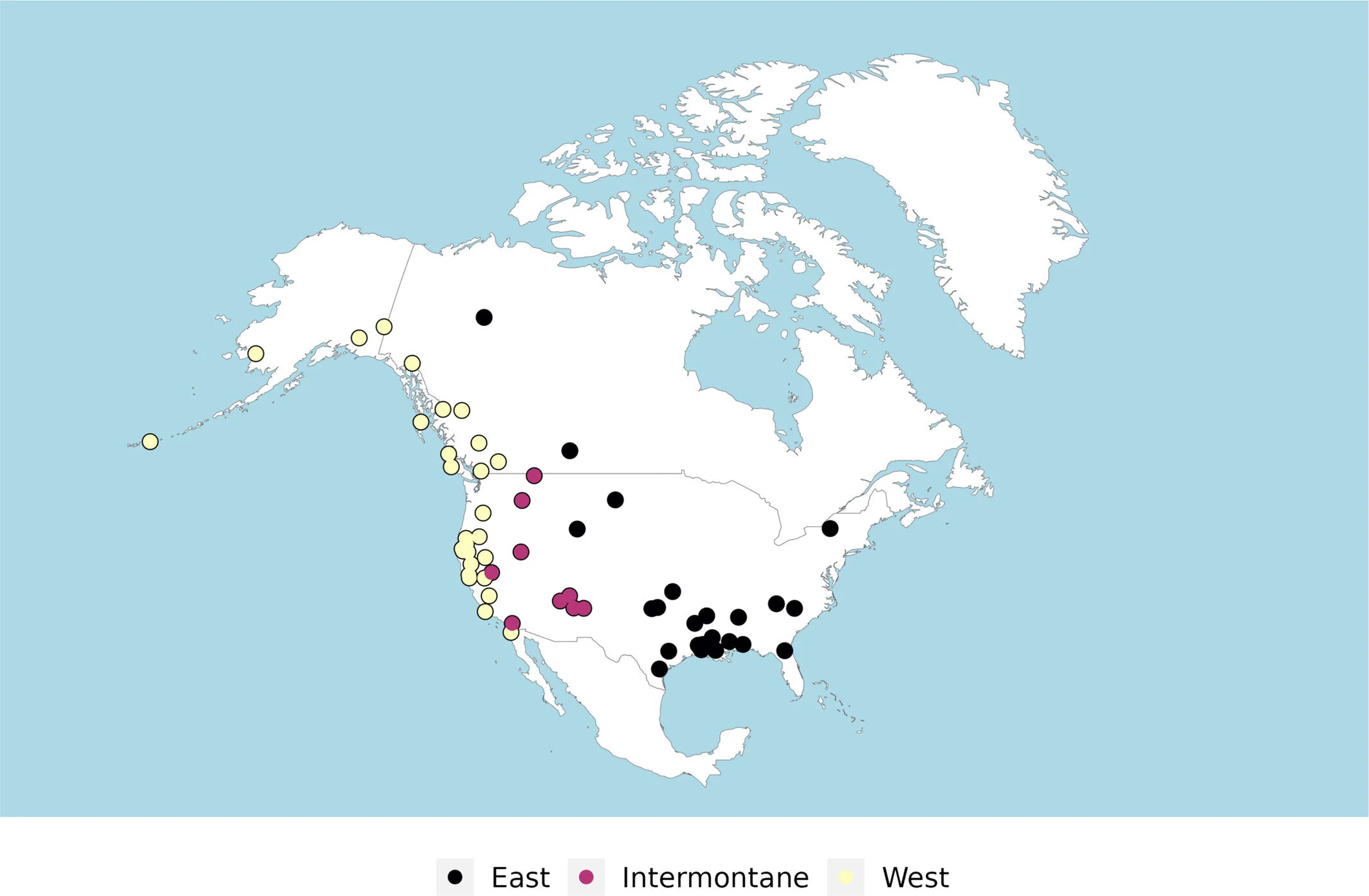

could you say that town is homelessnessless?
Has. The word is legit, but it would be an adjective because of the last -less there, so:
- That town has homelessnessless.
- That homelessnessless town is nice.
You could convert it back into a noun, through zero derivation; for example “homeless” is an adjective too, but people can say “the homeless are hungry”, as if it was a noun. But it sounds weird in this situation, I don’t know why.




















That wouldn’t address the bulk of the issue, only the most egregious examples of it.
For every funny output like “I asked for 1 ice cream, it’s giving me 200 burgers”, there’s likely tens, hundreds, thousands of outputs like “I asked for 1 ice cream, it’s giving 1 burger”, that sound sensible but are still the same problem.
It’s simply the wrong tool for the job. Using LLMs here is like hammering screws, or screwdriving nails. LLMs are a decent tool for things that you can supervision (not the case here), or where a large amount of false positives+negatives is not a big deal (not the case here either).